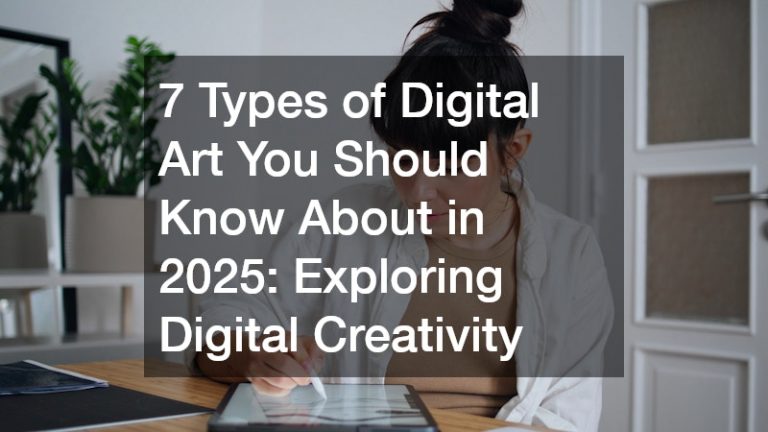As an artist, creating an online portfolio is one of the best ways to showcase your work and reach a wider audience. An effective online portfolio should be informative, visually appealing, and easy to navigate. Here are some tips and tricks for creating an engaging online portfolio to help you stand out in art.
Choose the Right Platform
The first step in creating an online portfolio is choosing the right platform. There are a variety of free and paid platforms available, each with its features and benefits. Select a web hosting platform with customizable templates and design options to ensure your portfolio looks professional. Also, choose a web host with reliable uptime and security features to protect your images from unauthorized access or theft. You wouldn’t want your work stolen or copied without permission, right?
Additionally, choose a platform tailored to your specific needs as an artist. For example, if you plan on selling digital prints or artwork directly from your site, you’ll need a platform that allows e-commerce capabilities. If you don’t have coding skills, opt for a platform that offers easy drag-and-drop tools. This way, you can customize your site without needing any technical know-how. If you are a video artist or animator, ensure the platform allows you to embed videos and animations. The bottom line is that the right platform should match your artwork and make it easy for visitors to explore your work.
Showcase Your Work
Once you’ve chosen a hosting platform for your portfolio, it’s time to start adding content. Make sure to include high-quality images that showcase your work in its best possible light. If you have prints or originals available for purchase, then be sure to add descriptions and prices. You can also include videos, audio files, and other media to give visitors an even deeper look into your artistic process.
Additionally, add information about yourself and any exhibitions or events you’re involved in. This will help viewers connect with you as an artist and learn more about your work. You can also include any reviews of your work or awards you’ve won, as this will give visitors an even better understanding of your artistic achievements.

Design Your Site
This is where you get creative. Think about what aesthetic best reflects your art style and use this as inspiration when designing the look of your website. When it comes to layout and design, ensure everything functions properly before going live. Check that all links work correctly, images are optimized for web viewing, etc. Consider adding additional features such as galleries and social media feeds (i.e., Instagram). You can also add contact forms so potential collectors can easily reach out with inquiries or commission requests.
You can also add animation and interactivity to your portfolio, giving it an exciting edge. This can range from simple hover effects to interactive animations, allowing visitors to explore more of your creative world. Finally, test everything on multiple devices and browsers before launching your site. Your portfolio must look great no matter where visitors are accessing it from.
Make It Interactive
Adding interactive elements is a great way to make your online portfolio more engaging. Adding a contact form, for example, will enable visitors to easily reach out with questions or inquiries about the artwork. You can also feature a blog on your website where you can post updates and new works as they’re completed. Additionally, incorporating social media feeds will allow viewers to discover more of your work and follow you on various platforms.
You can also explore adding a newsletter signup form to your site to collect visitors’ emails. This will allow you to keep in touch with potential customers and inform them about any new artwork or exhibitions. Consider adding a mix of static and interactive elements to your portfolio for the best results. It will help make your site more engaging and give viewers an even better understanding of who you are as an artist. For instance, if you’re a painter, add videos featuring your painting process and images of the finished works. This will allow visitors to explore your creative process and personally engage with you.
Creating an online portfolio is essential for artists who want their work seen by more people worldwide. It doesn’t have to be complicated, though. Remember that it’s all about finding the right platform and then having fun designing it with creativity! With these tips in mind, anyone can create a stunning portfolio that will impress even the most discerning art aficionados! Good luck!


